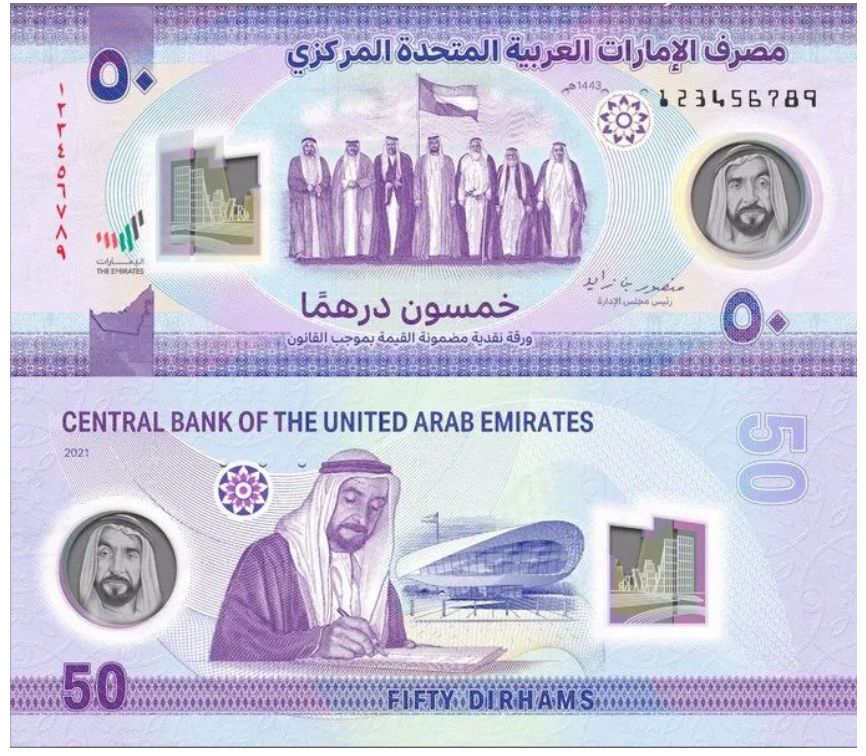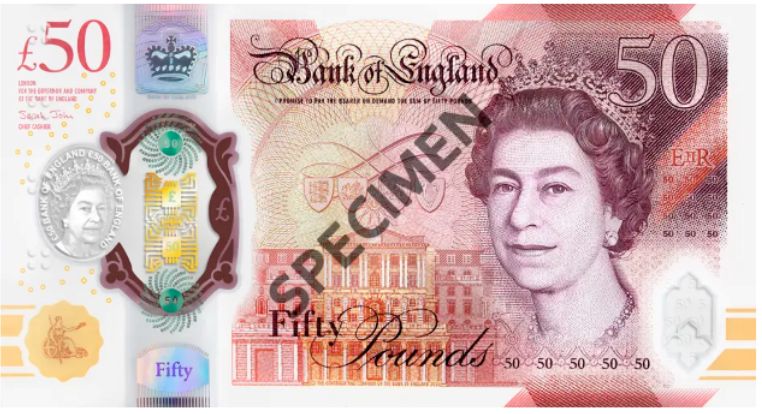The People’s Bank of China issued a set of commemorative banknotes for the 24th Winter Olympic Games.
The denomination is 20 yuan, and there are 1 plastic banknote and 1 paper banknote each!
Among them, the commemorative banknotes for ice sports are plastic banknotes.
Snow sports commemorative banknotes are banknotes!
Each ticket is 145mm long and 70mm wide.

According to Zheng Kexin, the chief designer of the commemorative banknote, the design concept of the commemorative banknote is expressed through the two themes of viewing and competition. Ice sports are the pattern of figure skaters, which is ornamental; the commemorative banknotes of snow sports are the pattern of skiers, which is the competitive performance of athletes.

In terms of anti-counterfeiting technology, the commemorative banknotes use dynamic holographic wide strips, transparent windows, glorious light-changing patterns and engraving gravures, etc., to ensure the security of the commemorative banknotes.
We all know how to store banknotes, so how to store plastic banknotes? To understand this problem, let’s first take a look at how plastic banknotes are made.
With plastic film as the main material:
According to reports, the plastic banknote is a banknote made of BOPP plastic film as the main material. The earliest plastic banknotes were developed by the Federal Reserve Bank of Australia, CSIRO and the University of Melbourne, and were first used in Australia in 1988.
These banknotes are made from a special plastic film that allows the banknotes to last longer without tearing or breaking, and makes the banknotes difficult to reproduce. That is to say, it is more durable than paper banknotes, and its service life is at least 2-3 times longer than that of banknotes.
From a global perspective, more than 30 countries and regions around the world have issued plastic banknotes, and the currencies in circulation in at least seven countries including Australia and Singapore have all been replaced by paper banknotes.


At least 4 major processes
The material of plastic banknotes is a high-tech polymer, the texture is close to banknote paper, and it has no fibers, no voids, anti-static, anti-oil pollution, and anti-copying, which is very difficult to process.
Relevant technical data show that there are four main processes in the production process of plastic banknotes. The first is the plastic substrate, which is generally made of biaxially oriented polypropylene BOPP plastic film as the banknote substrate; the second is coating, which is to process the plastic substrate. It is the same as paper, so that the ink can be printed; the third process is printing, and the last process is anti-counterfeiting treatment.

It can be said that a super anti-counterfeiting plastic banknote requires anti-counterfeiting measures such as gravure printing technology, optical variable ink printing, laser holography, diffractive light elements, and inkless embossing patterns on the plastic substrate. The process is complex and difficult.
Research by the Bank of England shows that plastic banknotes are environmentally friendly, stain-resistant, waterproof, and not easy to be damaged, and their durability will make up for the expensive construction cost.
The polymers used in the plastic banknotes currently issued by the Bank of England are mainly supplied by Innovia Films. The company specializes in specialty biaxially oriented films (BOPP), cast films (CPP), and foam and tenter technologies. It has provided polymer products and technologies for plastic banknotes used in 23 countries including Australia, Canada, Mexico and New Zealand.
Do not bend, do not approach high temperature, dry storage:
Although plastic banknotes are durable, they also have certain disadvantages, such as easy fading, weak folding resistance and high temperature resistance. Therefore, when storing plastic banknotes, pay attention to:
1. Never bend the plastic banknotes. Plastic banknotes are made of special material, and slight creases can be recovered by flattening, but once obvious creases appear, they are difficult to remove.
2. Do not get close to high temperature objects. Plastic banknotes also use a plastic substrate, which shrinks into a ball when it is close to high temperatures.
3. Dry storage. You can store plastic banknotes dry. Although plastic banknotes are not afraid of getting wet, the ink on the plastic banknotes may fade when wet.
Post time: Feb-24-2022











